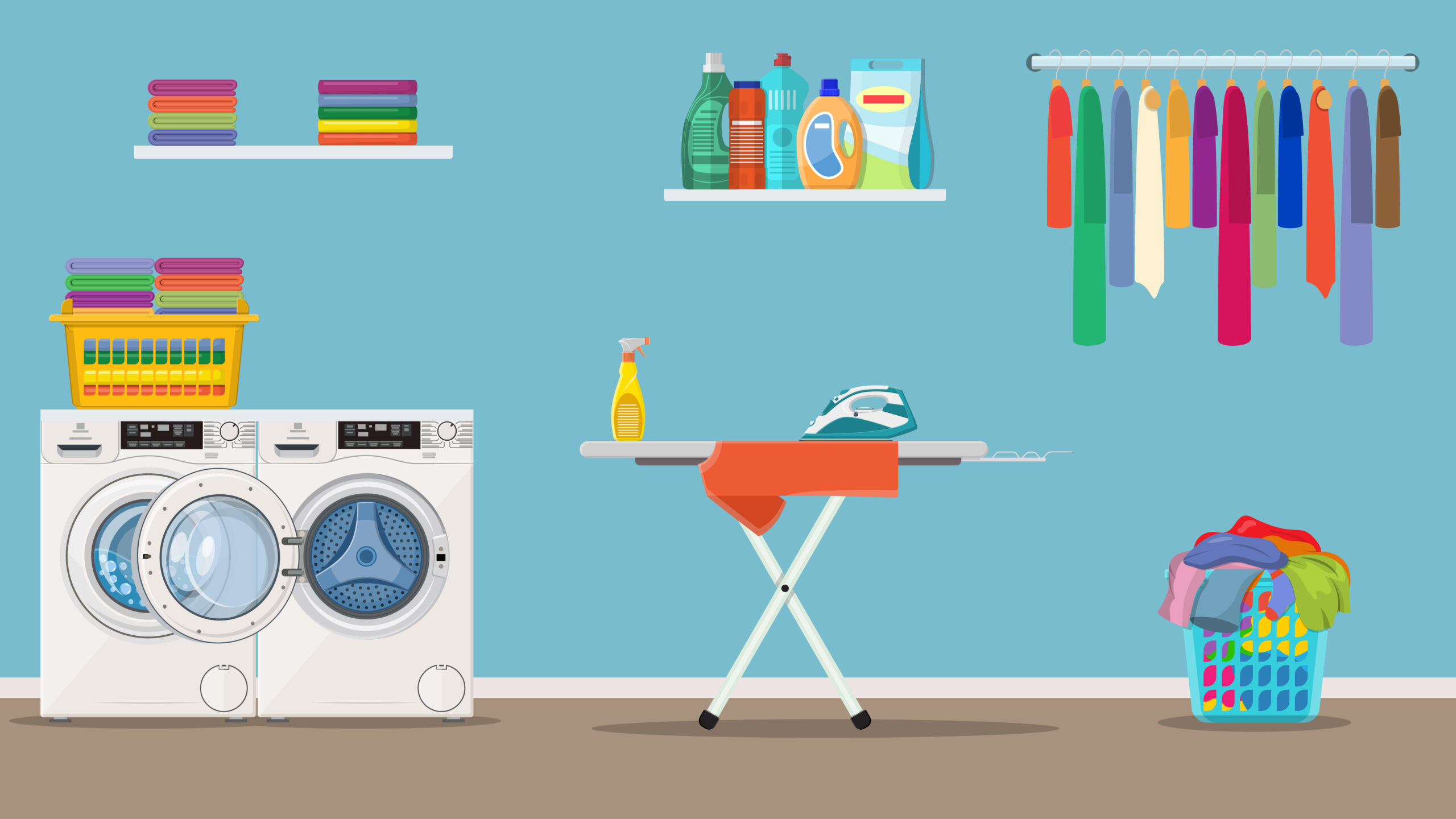Laundry can be an expensive chore to do with a washer and dryer being among the costliest appliances to operate. According to the Department of Energy, a washer and dryer use about 1,359 kwh on average alone—that’s more than other appliances like a dishwasher and refrigerator combined! Tomorrow is National Savings Day and Kissimmee Utility Authority would like to remind you of 10 ways to save while doing laundry.
- Wash with
cold water.
Using warm water instead of hot can cut a load’s energy use in half, and using cold water will save even more. Cold water detergents can be helpful to ensure items get clean, and high-efficiency detergents (indicated by the “he” symbol) should be used when required by the manufacturer. - Wash full
loads.
Your washer will use about the same amount of energy no matter the size of the load, so fill it up. - Dry
right-sized loads for your machine.
If the dryer is too full, it will take longer for the clothes to dry. Loads that are too small can also take longer to dry, plus you spend more per item when running the dryer to only dry a few things. - Switch
loads while the dryer is warm.
This will allow you to use the remaining heat inside of the dryer for the next cycle. - Use dryer
balls.
Wool or rubber dryer balls will help separate your clothes and get more air to them, cutting drying time. They can also reduce static so you don’t need dryer sheets. The wool balls are said to absorb some moisture, further cutting drying time. - Clean the
lint filter on the dryer.
The dryer will run more efficiently and safely. If you use dryer sheets, scrub the filter once a month with a toothbrush to remove film buildup that can reduce air circulation. - Use the
high-speed or extended spin cycle in the washer.
This will remove as much moisture as possible before drying, reducing your drying time and the wear on your clothes from the high heat of the dryer. - Use lower
heat settings in the dryer.
Even if the drying cycle is longer, you’ll use less energy and be less likely to over-dry your clothes. - Dry
towels and heavier cottons separately from lighter-weight clothes.
You’ll spend less time drying the lighter-weight clothes. - Use a
cool-down cycle if your dryer has one.
This cycle allows clothes to finish drying with the heat remaining in the dryer.


